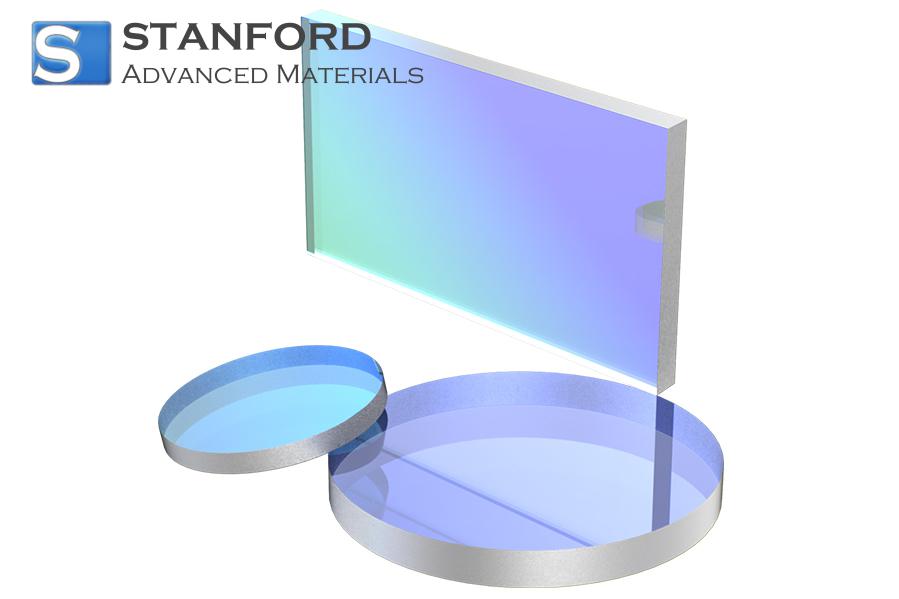High Temperature Niobium Alloys For Aerospace: C103 And Nb521 Niobium Alloys
Description
This article provides an overview of the high‐temperature niobium alloys employed in aerospace. It focuses on two main alloys: C103 and Nb521. The article compares the alloys and explains their applications under high temperature conditions.
What are Niobium Alloys?
Niobium Alloys are metals that contain niobium as the primary element. They frequently include tungsten, titanium, hafnium and zirconium. These alloys are used when high temperatures and mechanical strength are required. They have a high melting point and exhibit good creep resistance. Their stability makes them suitable for aerospace components.
Niobium alloys are not soft metals. They are strengthened by adding specific elements. The alloying process improves performance under load. Designers select these alloys for engine components and airframe structures. Their performance remains effective even at elevated temperatures.
Specification Sheet: Properties and Applications of Niobium Alloys
Below is a detailed specification sheet outlining the properties and applications of the principal niobium alloys:
|
Alloy |
Typical Composition |
Main Properties |
Typical Applications |
|
Nb-Zr |
Nb with 1–2,5% Zr |
Increased strength and oxidation resistance; good workability |
Nuclear reactor cladding, structural components for aerospace |
|
Nb-Ti |
Nb with 30–55% Ti |
Exhibits superconductivity at cryogenic temperatures; good ductility |
MRI magnets, particle accelerators, fusion reactors |
|
Nb-C |
Nb with low carbon content |
High hardness, wear resistance, and high temperature durability |
Cutting tools, wear-resistant coatings |
|
Nb-Hf |
Nb with 10–15% Hf |
High temperature strength and oxidation resistance |
Rocket nozzles, thermal shields for aerospace |
|
Nb-Mo |
Nb with 10–20% Mo |
Enhanced high temperature strength and corrosion resistance |
Heat exchangers, chemical processing equipment |
|
Nb-Sn |
Nb with 3–4% Sn |
Superconductivity below 18 K; high critical magnetic field |
Superconducting high-field magnets |
Further information can be found at Stanford Advanced Materials (SAM).
C103 and Nb521 and Application Examples
The alloy C103 is used in many parts of the aerospace sector. It is a preferred choice for engine components in rockets. For parts such as combustion chambers and nozzle extensions, C103 may be utilised. The alloy offers high strength and good creep resistance. This is essential for engine components operating under mechanical load and extreme heat.
The alloy Nb521 is suitable for aerospace applications. It is used in aircraft components and engine parts. Nb521 exhibits good ductility. Its performance has been verified in components exposed to rapid temperature fluctuations. It is employed in both advanced research projects and production components.
The selection of an alloy depends on the operating temperature range and mechanical requirements. Engineers choose C103 when maximum high‐temperature strength is required. Nb521 is chosen when a balanced combination of strength and ductility is needed. Both alloys have been applied in projects that involve strict performance demands.
Practical examples include aerospace test articles where C103 is used for critical load‐bearing parts. Nb521 was used in prototype engine tests. These applications confirm the role of the alloys in meeting performance requirements in challenging environments.
Conclusion
Niobium alloys have been validated in aerospace. They perform effectively at extreme temperatures. The alloy C103 provides high strength and creep resistance. The alloy Nb521 offers a balanced combination of strength and ductility. Both alloys meet the stringent requirements of aerospace.
Frequently Asked Questions
Q: What are the operating temperature ranges suitable for these alloys?
A: They function effectively at temperatures above 1 000 °C and are capable of withstanding high temperatures in aerospace environments.
Q: Are these niobium alloys difficult to machine?
A: They can be machined using standard procedures if processed correctly.
Q: Are these alloys resistant to oxidation in high temperature environments?
A: Yes, alloying elements and protective layers reduce oxidation at high temperatures.

 Bars
Bars
 Beads & Spheres
Beads & Spheres
 Bolts & Nuts
Bolts & Nuts
 Crucibles
Crucibles
 Discs
Discs
 Fibers & Fabrics
Fibers & Fabrics
 Films
Films
 Flake
Flake
 Foams
Foams
 Foil
Foil
 Granules
Granules
 Honeycombs
Honeycombs
 Ink
Ink
 Laminate
Laminate
 Lumps
Lumps
 Meshes
Meshes
 Metallised Film
Metallised Film
 Plate
Plate
 Powders
Powders
 Rod
Rod
 Sheets
Sheets
 Single Crystals
Single Crystals
 Sputtering Target
Sputtering Target
 Tubes
Tubes
 Washer
Washer
 Wires
Wires
 Converters & Calculators
Converters & Calculators
 Write for Us
Write for Us





 Chin Trento
Chin Trento



